Imagining Iran
Imagining Iran
The Tragedy of Subaltern Nationalism
Majid Sharifi
LEXINGTON BOOKS
Lanham Boulder New York Toronto Plymouth, UK
Published by Lexington Books
A wholly owned subsidiary of The Rowman & Littlefield Publishing Group, Inc.
4501 Forbes Boulevard, Suite 200, Lanham, Maryland 20706
www.rowman.com
10 Thornbury Road, Plymouth PL6 7PP, United Kingdom
Copyright 2013 by Lexington Books
All rights reserved. No part of this book may be reproduced in any form or by any electronic or mechanical means, including information storage and retrieval systems, without written permission from the publisher, except by a reviewer who may quote passages in a review.
British Library Cataloguing in Publication Information Available
Library of Congress Cataloging-in-Publication Data
Sharifi, Majid, 1951
Imagining Iran : the tragedy of subaltern nationalism / Majid Sharifi.
pages cm
Includes bibliographical references and index.
ISBN 978-0-7391-7944-4 (cloth : alk. paper)
1. IranPolitics and government20th century. 2. NationalismIranHistory20th century. 3. Islam and stateIranHistory20th century. 4. Legitimacy of governmentsIranHistory20th century. I. Title.
DS316.6.S554 2013
955.05dc23
2013024289
 TM The paper used in this publication meets the minimum requirements of American National Standard for Information Sciences Permanence of Paper for Printed Library Materials, ANSI/NISO Z39.48-1992.
TM The paper used in this publication meets the minimum requirements of American National Standard for Information Sciences Permanence of Paper for Printed Library Materials, ANSI/NISO Z39.48-1992.
Printed in the United States of America
To family and friends.
To Ava, Annahita, Sheky, and Ziant,
who tolerated me through this journey.
Preface
For over forty years, I have been intensely involved with the details of modern Iranian political development. Rather than focusing on details, this book focuses on the competing narratives of this development. It examines how every Iranian regime struggled to nationalize its narrative of Iranianness, but none succeeded to create a shared political sentiment that could possibly bind the nation to the state. In a major sense, this book problematizes these failures in terms of the state/society relationship formed under imperially produced and imposed conditions of modernity.
It describes how, since the constitutional revolution of 19051906, there have been five different regime changes. With every regime change, the official narrative of Iranianness has been rewritten. And in every rewriting, the political boundaries distinguishing Iranianness from its historical, political, ethical, and existential enemies have been redrawn, making all other narratives of Iranianness into anti-statist nationalisms. Throughout the book, I show how with every redrawing, the definition of hukumat-e melli (nation-state) has changed, as have the narratives attached to what each regime articulated and understood as the nationaldesire to be sovereign, developed, democratized, and constitutional.
My aim in this book is to explain the political dynamics of these five regime changes. I demonstrate how all these regime changes were bathed in blood, and entangled in imperial intervention, resulting in extreme interruption to previously constructed rules, norms, and values. I show how every regime declared a state of semi-emergency that justified the violation of its own rules.
By reviewing the fundamental dynamics of the rise and fall of each regime, I examine how every regime, regardless of its ideological orientation, failed to nationalize its narrative of Iranianness. These recurring failures have produced several observable trends. First, the official nationalism of every regime remained deeply contested by the elites, resulting in the formation of counterhegemonic forces against the states official identity. Second, in every era, a great majority of the population resisted against the state in their everyday practices. Third, failing to politically engage the elites or socially engage the masses around the states official identity, every regime resorted to coercive, regulative, and epistemic violence to secure itself from what it perceived as existential enemies. Finally, the life of every regime ended when a counterhegemony formed in opposition to the states official nationalism. This book tries to explain the dynamics of this state/society relationship.
My thesis for explaining these repeated failures is simple: no regime in Iran has had the productive power to nationalize its national narrative, except during the short periods of uprisings against an existing regime. This book is an attempt to examine the rise and fall of these regimes. The significance of this examination is an attempt to offer a better understanding of the political development in modern Iran with hope of a better understanding of the ever present existing disconnect between the current regime and a great majority of its population.
As such, this book seeks to make three specific contributions. First, it focuses on the dynamics of regime change in Iran. By focusing on regime change, the book provides a heuristic model for identifying challenges that have faced all Iranian regimes. Throughout the book, I review the disruptive, bloody nature of regime change and the oppressive strategies of every regime. I also describe how each regime change takes place in the local/global context of the time. As part of this process, I show how with the rise and fall of each regime the meaning of what constitutes Iraniyat (being Iranian or Iranianness) changes in time. By depicting the big picture of regime change, this book contributes to a better understanding of the trends, interruptions, and transformation of Iraniyat as one officially produced regime of truth fails, only to be replaced by another. In that, the meaning attached to Iranian people changes in time, not only from the perspective of the state, but also in the views of its oppositions whose identities get to be formed solely in opposition to the ruling regime. In this context, the very meaning of the Iranian people, their histories, and their ideals remain dependent on the states official identity. Epistemologically speaking then, this book is not about the state or the people as separate or different analytics, concepts, or perspectives. It is instead about the constitutive nature of their relationships.
Second, as a case study of subaltern nationalism, this book contributes to the understanding of the imperial/subaltern linkages in Iranian political development in particular, and, by extension, subaltern nationalism in general. As a subaltern state mired in its asymmetrical relations to imperial powers, every narrative of Iranianness has been infused with internal conflicts with itself. It is as if multiple personalities have formed into one social body in time. Discernible in these social bodies has been the manifestation of two desires: to become imperial-like without becoming imperialized. Yet as a result of developing under imperially produced and imposed conditions of power and knowledge, these two desires have produced various narratives of Iranianness that are in conflict with each other. The common theme among them is how they all embraced some of the imperially produced knowledge with one hand while rejecting, resisting, and resenting imperialism with another. For example, every modern Iranian regime has spoken in the language of modernity to describe freedom from political despotism and freedom to political equality and justice before law, but they all appealed to their situational exceptionalism to violate what they preached. Similarly, every regime came to power by appealing to imperially universalized terms like sovereignty, development, democracy, and constitutionalism, yet they all remained mired in their locally produced particularities.
Next page
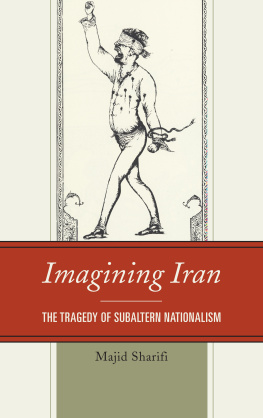

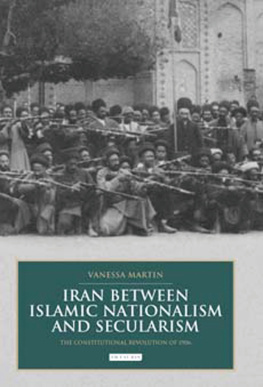

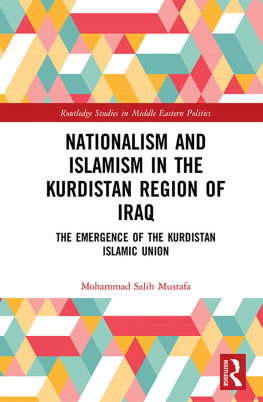
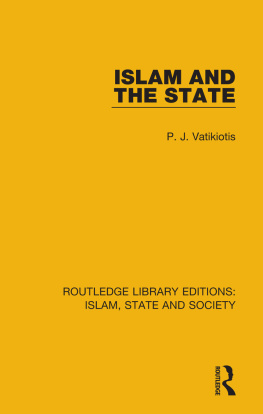
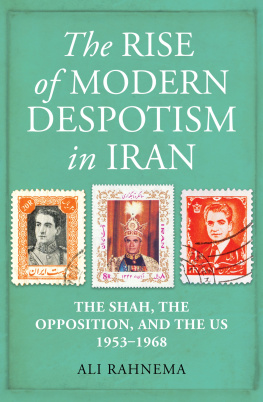
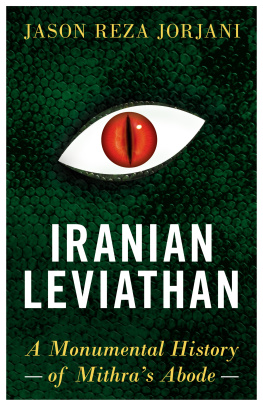


 TM The paper used in this publication meets the minimum requirements of American National Standard for Information Sciences Permanence of Paper for Printed Library Materials, ANSI/NISO Z39.48-1992.
TM The paper used in this publication meets the minimum requirements of American National Standard for Information Sciences Permanence of Paper for Printed Library Materials, ANSI/NISO Z39.48-1992.